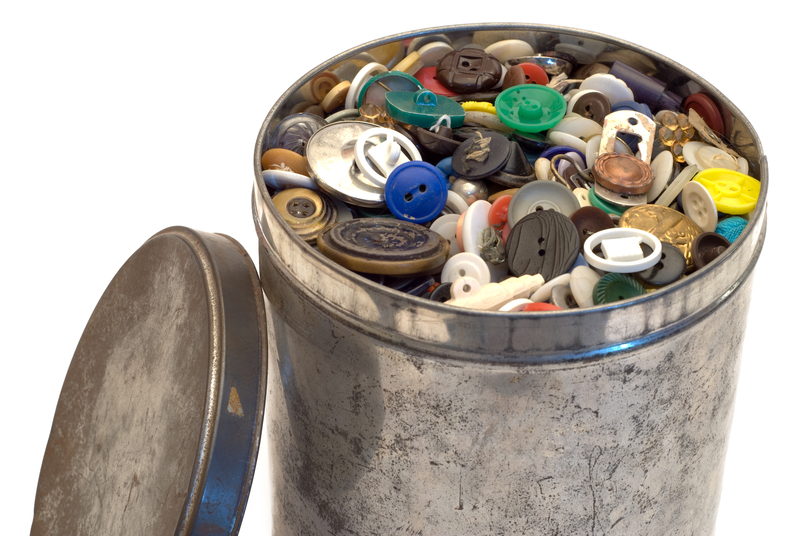Unlocking Solutions to Microplastic Pollution
Microplastic pollution is a pressing environmental issue that poses risks to ecosystems, wildlife, and human health. Addressing this global challenge requires a comprehensive understanding of its sources, impacts, and innovative solutions. In this article, we delve into the danger of microplastic pollution and explore progressive strategies to mitigate its detrimental effects.
Understanding Microplastic Pollution
Microplastics are tiny plastic particles less than 5mm in diameter. They are ubiquitous in the environment, originating from various sources such as industrial waste, textiles, cosmetics, and the breakdown of larger plastic debris. These minute particles infiltrate our water bodies, soil, and even the air we breathe, making their management a complex issue.
Sources of Microplastics
- Primary Microplastics: These are manufactured at a microscopic size, including plastic pellets, microbeads in personal care products, and synthetic fibers from clothing.
- Secondary Microplastics: Formed from the degradation of larger plastic items like bags, bottles, and fishing nets, these accumulate in the environment over time due to mechanical, chemical, or photodegradation processes.
The Impact on the Environment and Health
The insidious nature of microplastics poses a significant threat to marine life, terrestrial ecosystems, and human health. These particles are ingested by aquatic organisms, entering the food chain and potentially affecting biodiversity.
Microplastics have been found in seafood, water supplies, and even the atmosphere, raising concerns over their long-term health implications. Exposure to microplastics has been linked to various health issues, including inflammation, genotoxicity, and chemical leaching, which could have carcinogenic effects.

Innovative Solutions to Combat Microplastic Pollution
Reducing Plastic Consumption
One of the most effective measures in tackling microplastic pollution is reducing the overall consumption of plastics. This involves a conscious shift towards sustainable materials and practices:
- Switch to biodegradable alternatives: Replace traditional plastics with those derived from renewable sources, which decompose naturally in the environment.
- Implementing reusable strategies: Encourage the use of reusable containers, bags, and products to decrease single-use plastic waste.
- Consumer awareness campaigns: Educate the public about the impacts of microplastics and empower them to make informed choices.
Advanced Filtration Technologies
Investing in cutting-edge filtration systems is essential to capture microplastics before they enter natural water bodies:
- Innovative wastewater treatment: Enhance existing facilities with advanced filtration systems designed to target microplastic particles.
- Renewable filtering solutions: Develop eco-friendly filtration materials that can efficiently remove microplastics without harming the environment.
Legislative Actions and Policy Frameworks
Governmental intervention is crucial for establishing comprehensive policies aimed at reducing microplastic emissions:
- Banning microbeads: Enforce restrictions on the use of microbeads in cosmetics and personal care products globally.
- Regulation of plastic production and disposal: Implement legal frameworks that limit plastic production and enhance recycling and waste management systems.
Innovative Research and Development
Advances in scientific research are pivotal in devising new strategies to combat microplastic pollution:
- Bioremediation techniques: Explore the potential of microorganisms to break down microplastics in natural settings.
- Development of alternative materials: Invest in research for new materials that mimic plastic's utility but are environmentally benign.

The Role of International Collaboration
Addressing microplastic pollution demands a global effort, emphasizing the importance of international collaboration:
- Sharing of best practices: Countries should exchange knowledge on effective strategies and technologies for reducing microplastic pollution.
- Joint research initiatives: Encourage international research collaborations that focus on innovative solutions to the microplastic crisis.
Conclusion
Unlocking solutions to microplastic pollution is a multidimensional challenge that requires concerted efforts across various sectors of society. By reducing plastic usage, enhancing filtration technologies, implementing robust policies, and fostering international cooperation, we can pave the way for a cleaner, healthier planet.
We must act now to reverse the tide of microplastic pollution, ensuring the sustainability of our environment and the health of future generations.